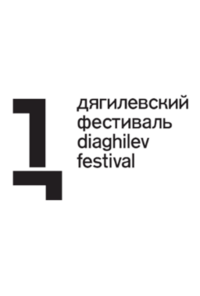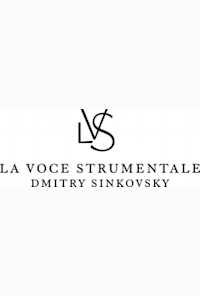The Triumph of Time and Disillusion is Handel’s first oratorio composed during his trip around Italy, which became a turning point in his artistic career. Once in Rome, the 22-year-old composer quickly won admirers among the aristocrats and clergy and began getting commissions from them. At the time, there was a papal prohibition on operas in Rome — due to that, oratorios were in fashion, however, they did not differ from operas practically in anything aside from moralizing plots. Such was the plot proposed to Handel by his friend, Cardinal Benedetto Pamphilj; as early as in May 1707 the score of The Triumph of Time and Disillusion was completed. Many years later, having settled in London, Handel significantly revised The Triumph twice — in this way, his first oratorio is (in the third edition) at the same time his last. Still, the early version is still performed more often than others.
The libretto written by the cardinal predictably expresses the ideology of the Catholic Counter-Reformation. Young blooming Beauty strives for enjoyments encouraged by Pleasure — but Time and Disillusion keep her on the righteous path. Pleasure is declared the Enemy of Truth — its true ignoble essence is conveyed through the angular and dissonant music in some arias. Beauty chooses heavenly grace instead of deceptive earthly grace, agrees to take monastic vows and suffer punishment for her irresponsible hedonism. In the final aria, she mystically contemplates Eternity (in the symbolically appropriate key of E major) and contemplates mortality, the ephemeral nature of pleasure, and the futility of all things.
Handel composed the oratorio at the peak of his musical imagination and ingenuity. Later, he repeatedly transferred arias from it to his other compositions — for example, the aria of Pleasure Lascia la spina, cogli la rosa became a hit Lascia ch'io pianga in the opera Rinaldo. The music of "Triumph" is so permeated with sensuality that, in fact, refutes the concept of a humble refusal of pleasure, which it is meant to illustrate. This is a frantic, full of vital energy, virtuoso composition extremely demanding of performers. It is written in the style of concerto grosso, which was in its heyday at the time; Handel demonstrates his perfect command of the genre, in no way inferior to his Italian colleagues (the most famous of whom, Corelli, conducted the orchestra at the premiere). The instrumental interlude from Act I, an early example of an organ concerto, depicts a beautiful young man playing the organ in the halls of Pleasure. Researchers consider this piece to be a possible self-portrait of the author, a "sweet Saxon", a favourite of the Roman nobility.
In recent years, The Triumph of Time and Disillusion has been regularly performed in Russia. A new version will be presented by the troupe of the Nizhny Novgorod State Academic Opera and Ballet Theatre. The musical director and conductor of the production is Dmitry Sinkovsky, one of the leading Russian experts in early music. The director of the production is Elizaveta Moroz, who staged her interpretation of the opera Carmen in the Nizhny Novgorod Opera at the beginning of the year. She is known to the audience of the Diaghilev Festival through the performances Moira FM and SPORY'N'ya / *ergot presented in the last year festival programme.


